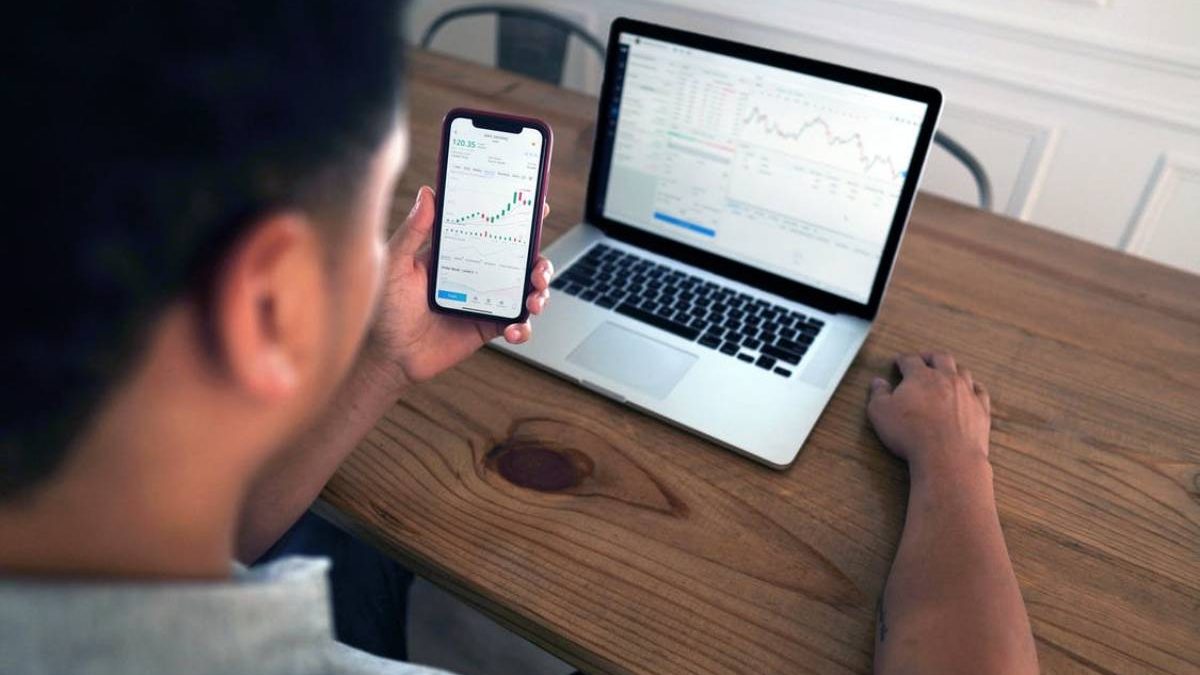Forex Tradings-This article discusses the best days of the week to trade forex, the best times to trade midweek, why market volatility matters, the best months to trade forex, a section on why summer is a slow one It’s time to trade, and how trading differs in other parts of the year and more!
Table of Contents
Best Day And While Aimed At Forex?
So WHAT ARE THE FINEST DAYS OF THE WEEK AND THE BEST TIME TO TRADE FOREX?
Let’s take a deep dive into the entire trading week. First of all, there is a slow activity growth from Sunday afternoon to Monday. Then the uptrend kicks in and peaks on Tuesday. Wednesday sees a slight drop in trade volatility, just before a further increase the following day. The day of the week with the highest volatility score is Thursday, closely followed by Friday. Finally, around 17:00 GMT on Friday, all activities end and the market hibernates for the weekend.
If you have some trading experience, you may have noticed that market volatility is not constant. It varies not only from hour to hour, but also every week, even every month.
It is important to know the volatility level and use the protection settings. Knowing the optimal levels can mean the difference between big wins and big losses. For example, in the table above, the “Sunday” column designates low pip variety and the “Tuesday”, “Wednesday” and “Friday” columns indicate high pip range.
Why should you choose pip range as your volatility indicator? While the pip range doesn’t accurately measure volatility, it is an intuitive way to understand the market. It is because the pip range shows how far the markets can move on average on a given day. What it doesn’t demonstration is all the swings within that pip variety.
Sunday To Monday For Forex Tradings
How time zones work also affects daily instability. When it’s Monday a.m. in Australia, it’s still Sunday evening in Europe. European and American sessions are not open during this time. Markets are already active, but volatility is comparatively low. With not much economic activity over the weekends, the market is unlikely to adjust to the new conditions. Sunday nightfall is the only time of the interchange week once currency pair gaps occur regularly.
Therefore, Sunday is not the best daytime to trade in the forex market. Because of this, it is not optional to start your trading week on Sunday. Judging by the lack of market activity, most traders follow this advice. Monday is also not the best day of the week to trade Forex. The first half of Monday is gloomy.
European traders are waiting for ecocomic news and macro data before opening new orders. At the beginning of the week, traders try to understand future trends and prepare for them. Because of this, Monday is the least volatile day of the week.
Middle Of The Week For Forex Tradings
Trading picks up again on Tuesday and the market sees its first burst of activity. Market volatility on Tuesday is around 120-130% of Monday. Because of this, Tuesday is one of the best days to trade Forex. There is a slight drop in volatility on Wednesday. Trading activity is somewhere between what it is on Monday and what it is on Tuesday. This occurs paid to a phenomenon known as swaps.
In short, a swap is an overnight rate paid by traders holding their position between daily sessions. For example, holding a position at the end of Wednesday’s trading session means a triple trade. However, this only applies if the position was open the previous weekend. When trading small volumes, exchanges don’t seem to be a liability.
Many day traders don’t even bother with swaps because they never trade overnight. For traders
trading long-term, high-volume trades, a triple positive trade can yield a profit. Because of this, Wednesday is generally a little less volatile than Tuesday and Thursday. Thursday is another great day to trade the forex market due to its high volatility.
Friday For Forex Tradings
Something interesting happens on Friday. The popular currency pairs during the Asian and European sessions begin to overlap. They remain almost as volatile as Thursday. We mainly discuss the EUR/JPY and GBP/JPY currency pairs. Meanwhile, North American and Asia-Pacific currency pairs are falling in volume. This is obviously because the markets close on Friday evening. Usually the first half of Friday sees many trading action and offers good trading conditions.
Note that volumes drop significantly in the second half of the day ahead of the weekend.
Additionally, weekly trends can change direction as traders close their positions to avoid weekend risk. Also, the US Non-Farm Payrolls (NFP) report release on the first Friday of every month. This data release can cause large swings in all dollar pairs. Tuesday, Wednesday, and Thursday are the best days to trade Forex due to higher volatility. In the middle of the week, the forex market sees the most trading action. Like the rest of the week, Monday is static and Friday can be unpredictable.
The Best Months For Forex Tradings
Now that we’ve looked at the market dynamics for the week, let’s see what’s happening through the year. What Are The Finest Months To Trade Forex? The entire calendar year divides into three distinct periods of volatility. Of these three periods, two offer good trading conditions.
The first good period contains these five months:
January
February
march
April
Can
After these months, volatility slows down over the summer:
June
July
August
December is also a good month to trade, although there is a noticeable drop in market activity towards the end. The main reason for these fluctuations in volatility is the holidays. Each holiday period naturally leads to a drop in trading volume. However, there is an uptick in market activity after the end of the Christmas season.


